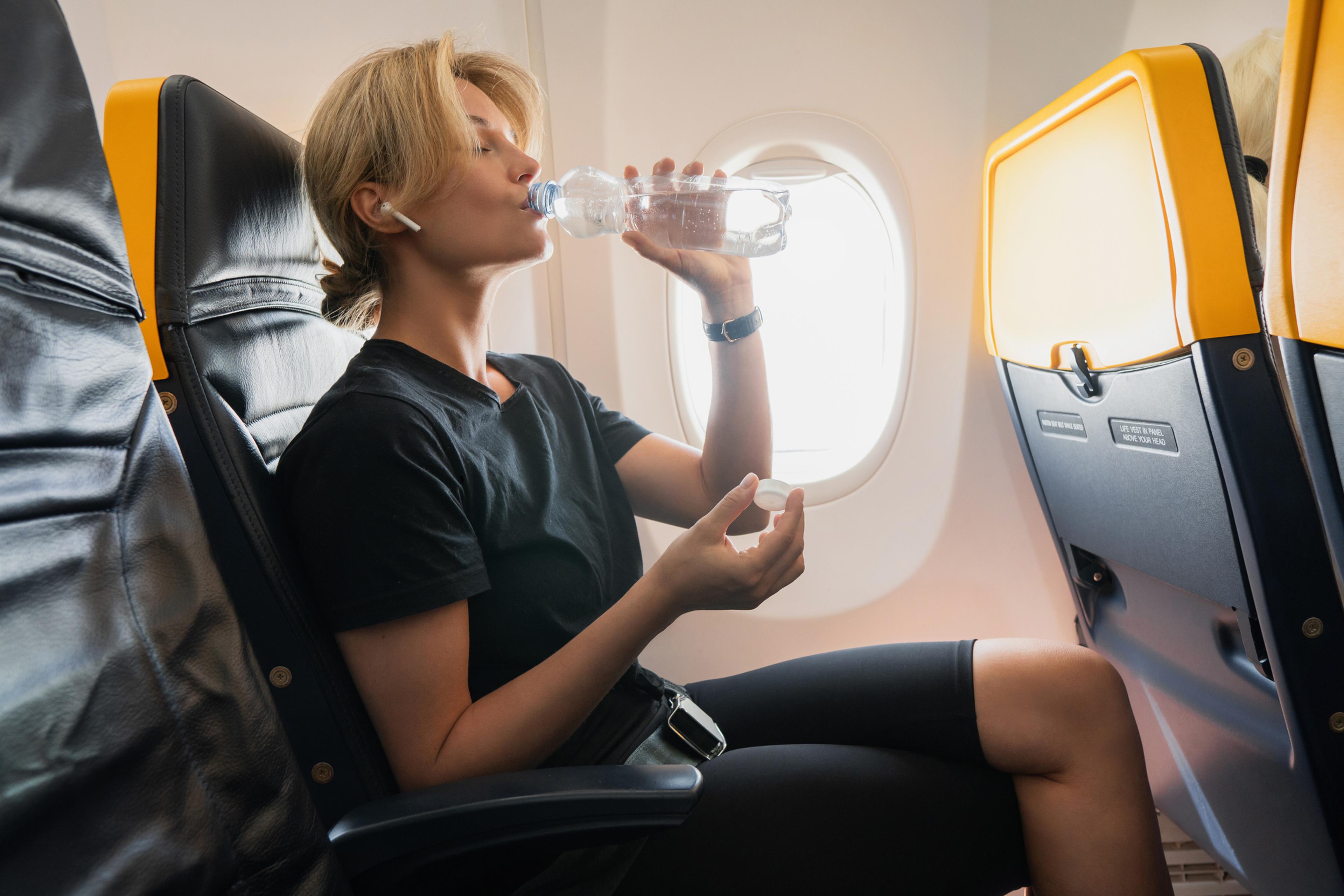What are Risk Factors for Falling As You Age?

Lindsay Knake
| 3 min read
Lindsay Knake is a brand journalist for Blue Cross Blue Shield of Michigan.

Falling is the most common cause of traumatic brain injuries in older adults.
Falls account for 3 million emergency department visits and 1 million hospitalizations in the United States each year. One quarter of Americans age 65 or older have a fall annually, according to the U.S. Centers for Disease Control and Prevention (CDC). These falls can be fatal– about 41,000 adults die from fall-related complications every year.
Preventing these falls and related injuries requires looking at the causes of falls. These are common risk factors for falling as you age:
Physical weaknesses
Losing muscle and bone mass and flexibility are part of aging. The decline in physical strength and flexibility can make regular movement and bending down riskier for older adults. If older adults lose fitness, they can become even more at risk for falls.
Every year after the age of 40, individuals can experience a 1.5% to 5% decline in physical strength, according to a study.
Unintentional weight loss in older adults is correlated with frailty, more numerous falls and worse health outcomes, according to the American Academy of Family Physicians (AAFP).
Medication side effects
Both prescription and over-the-counter medications can have side effects such as low blood pressure, drowsiness and dizziness, all of which can increase the risk for falls. Medications such as antidepressants, blood pressure medications, antihistamines and some cardiovascular drugs can cause such side effects, according to Harvard Health.
Taking multiple prescriptions can contribute to adverse risk of falls, and nearly 40% of older adults take five or more medications.
Vision problems
A loss of vision or depth perception can make it more difficult to see trip hazards and obstacles.
Vision loss is extremely common with more than 37 million Americans age 50 or older experiencing conditions such as cataracts, glaucoma, macular degeneration and diabetes-related complications, according to the AAFP.
Illness and disease
Chronic illnesses and diseases can contribute to falls. Arthritis, Alzheimer’s disease, Parkinson’s disease and acute illnesses impact balance, strength and response time in the case of a trip. Conditions such as heart disease, stroke and diabetes can cause balance problems and dizziness, according to the National Institute on Aging.
Nerve damage in the feet, called peripheral neuropathy, can lead to numbness and difficult walking safely.
Hazards around home
Most adults age 65 or older fall at home. Steps, rugs and household clutter are common trip hazards. Getting in and out of the shower or up from the toilet may be additional opportunities that lead to falls.
The risk of falling increases with the number of risk factors an individual has, and falling more than doubles the risk of falling again.
The National Council on Aging has created a Falls Free Check Up to assess your risk of falling.
Blue Cross Blue Shield of Michigan and Blue Care Network members can find a doctor near them by using the Find a Doctor tool, available on both bcbsm.com and the BCBSM mobile app.
Image: Getty Images
Related:





